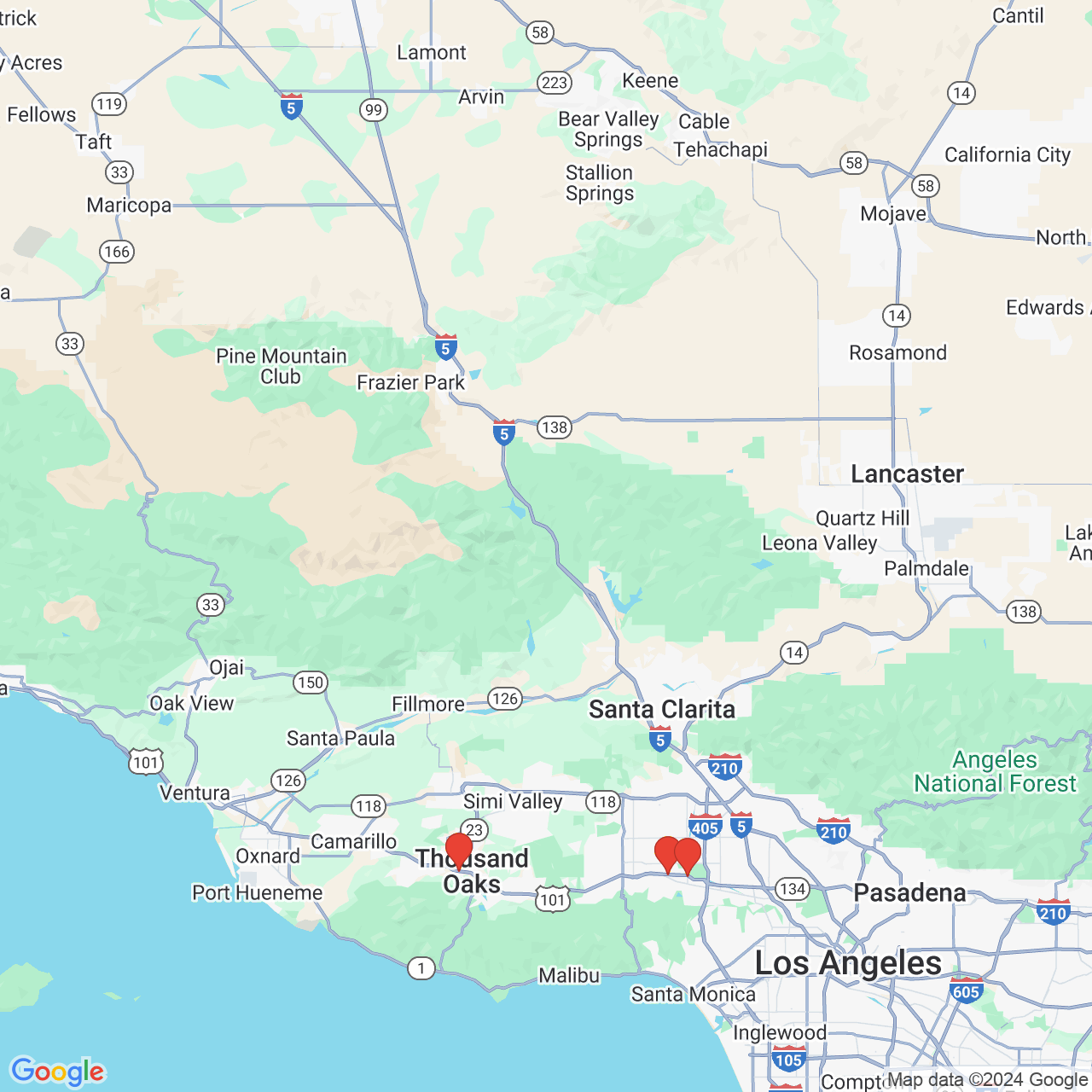Take Control of Your Endometriosis
Endometriosis is a painful, chronic disease that affects 5 1/2 million women and girls in the USA and Canada, and millions more worldwide. It occurs when endometrial tissue, normally found only inside the uterus, is found outside the uterus. This tissue is called endometriosis tissue or endometriosis implants and may be found in one or many of the following locations: the abdomen, ovaries, fallopian tubes, ligaments that support the uterus, the area between the vagina and rectum, the outer surface of the uterus and the lining of the pelvic cavity. Other sites for these endometriosis implants may include the bladder, bowel, vagina, cervix, vulva, and in abdominal surgical scars. Rarely, they are found in the lungs, arms, thighs, and other locations.
The misplaced tissue develops into growths or lesions which respond to the menstrual cycle hormones in the same way that the tissue of the uterine lining does: each month the tissue builds up, breaks down, and sheds. Menstrual blood flows from the uterus and out of the body through the vagina, but the blood and tissue shed from endometriosis has no way of leaving the body. This results in internal bleeding, breakdown of the blood and tissue from the lesions, and inflammation. With time, this can cause pain, infertility, scar tissue formation, adhesions, and bowel problems.
The most common symptoms of endometriosis are:
- Pain before and during periods
- Pain with intercourse
- Infertility
- Painful urination
- Painful bowel movements
- Other gastrointestinal symptoms such as diarrhea, constipation, nausea
While the symptoms of endometriosis are very characteristic, a true diagnosis cannot be made without a sample of the tissue (biopsy). This is generally accomplished through laparoscopy, a short, surgical procedure which allows your physician to view the inside of your abdomen and biopsy tissue if necessary.
What Causes Endometriosis?
The cause of endometriosis is unknown but there are several prominent theories as to its orgin.
- The retrograde menstruation theory suggests that during menstruation, some of the menstrual tissue flows inward through the fallopian tubes instead of outward through the cervix. The tissue then implants in the abdomen, and grows. Some experts believe that all women experience some degree of retrograde menstruation, but women who suffer from endometriosis also have immune system or a hormonal problem which allows the tissue to implant and grow.
- Another theory suggests that endometrial tissue is distributed from the uterus to other parts of the body through the lymph system or through the blood system.
- A genetic theory suggests that it may be carried in the genes in certain families or that some families may have predisposing factors to endometriosis.
- Surgical transplantation has also been cited in many cases where endometriosis is found in abdominal scars.
- Yet another theory suggests that remnants of tissue from when the woman was an embryo may later develop into endometriosis, or that some adult tissues retain the embryonic ability to transform into endometriosis tissue in certain circumstances.
Treatment Options
Although, at this time, there is no cure for endometriosis, the treatments listed below may: relieve/reduce pain symptoms, shrink or slow endometrial growth, preserve or restore fertility, and prevent/delay disease recurrence.
- PAIN MEDICATION: Over-the-counter pain relievers may include aspirin and tylenol, as well prostaglandin inhibitors such as ibuprofen, naproxen sodium and indomethecin. In some cases, prescription drugs may be required.
- HORMONAL THERAPY: Hormonal treatment aims to stop ovulation for as long as possible and may include: oral contraceptives, progesterone drugs, a testosterone derivative (danazol), and GnRH agonists (Lupron or others).
- SURGERY: Conservative surgery seeks to remove or destroy the endometriosis, relieve pain, and allow pregnancy to occur (if desired). Conservative surgery can involve a laparoscopy (minor procedure with a tiny abdominal incision) or a laparotomy (more extensive procedure, full incision, longer recovery period). Hormonal therapy may be prescribed along with conservative surgery. Radical surgery, which may be necessary in severe cases, involves hysterectomy, removal of all growths, and removal of the tubes and ovaries.
At CFG we are experts at treating endometriosis. Whether you desire pregnancy, relief from symptoms or more information about the disease, we can help. Contact one of our offices for a consultation.






